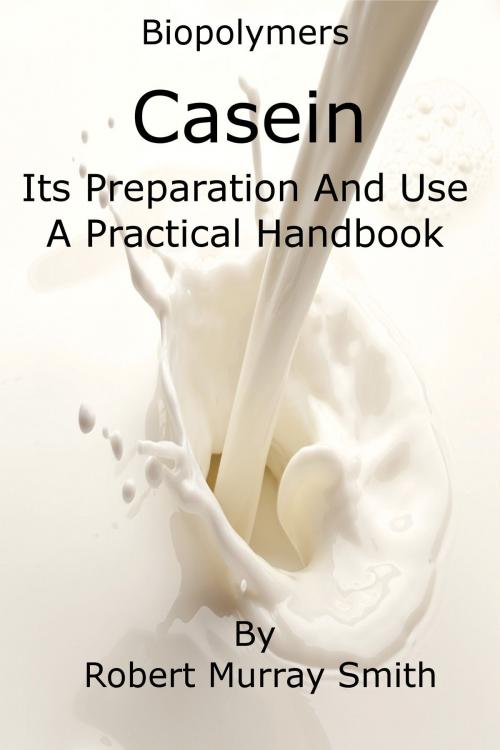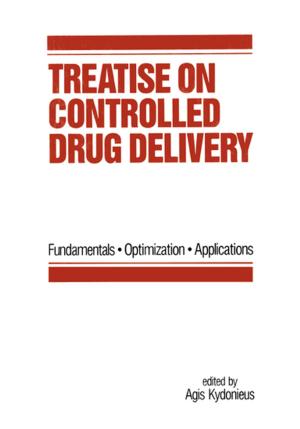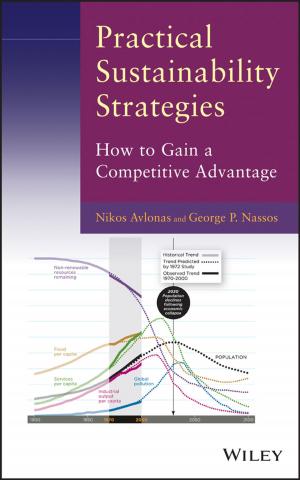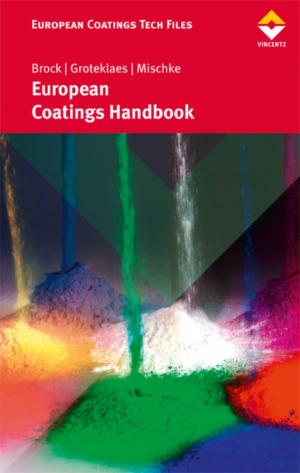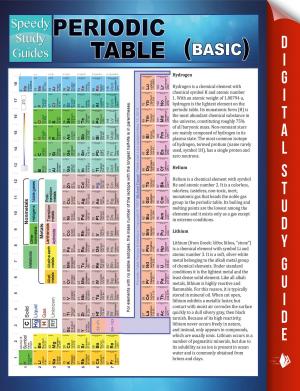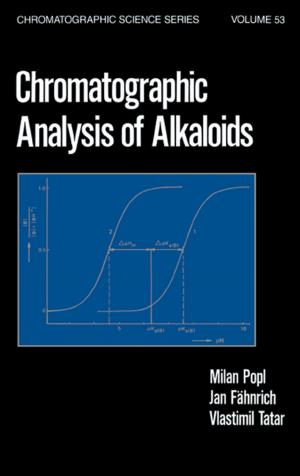Biopolymers Casein Its Preparation And Use A Practical Handbook
Nonfiction, Science & Nature, Science, Chemistry, General Chemistry| Author: | Robert Murray-Smith | ISBN: | 9781311550231 |
| Publisher: | Robert Murray-Smith | Publication: | October 26, 2014 |
| Imprint: | Smashwords Edition | Language: | English |
| Author: | Robert Murray-Smith |
| ISBN: | 9781311550231 |
| Publisher: | Robert Murray-Smith |
| Publication: | October 26, 2014 |
| Imprint: | Smashwords Edition |
| Language: | English |
The major use of casein currently is as a foodstuff. There have been some inroads recently to using it as a renewable biopolymer resource but development is pretty much in its infancy. This has been the case from the first extraction of casein as cheese to a brief period at the turn of the twentieth century when it enjoyed popularity as a plastic material - Galalith. That is until the outbreak of the Second World War where it disappeared into obscurity when faced with the demand for food production and later competition from petrochemical derived materials.
Casein belongs to that class of materials known as the albuminoids, a class of simple proteins such as keratin, gelatin, casein or collagen, that are insoluble in all neutral solvents and are currently enjoying a resurgence of interest as a result of the search for alternatives to the dwindling resource that are petrochemical derived plastics.
It is therefore easy to understand that our knowledge of this important material is somewhat imperfect, especially as regards its many applications: Literature on the subject in the academic press is still relatively rare, and general information on how to prepare and use this material is even rarer. It consequently seemed desirable to the author to prepare a work dealing with this material in an accessible form so that the home experimenter could approach this subject with a host of methods, tools and ideas in order to enable them to utilize the material in light of modern research and experimentation.
The bulk of the material is derived from texts that were prominent in the early part of the twentieth century as this is when most of the work regarding this material was done.
The first part treats of the preparation of casein from milk, which is done in all cases by the precipitation of the suspended casein compound from the milk with the aid of acids or a ferment (rennet), and its purification and drying. Following this, will be described the application of the casein paints and painting, the production of putties, plastic masses, etc., and finally some of its alternative uses for furthur consideration.
As most of this work was done in the early part of the century this volume represents little more than a rewrite and update of Sherrer’s text on the subject – no apology is made for this as the information is invaluable and should be made accessible to the modern audience.
Finally, it should be noted that the recipes presented in this book don’t represent end products in themselves but rather points of departure for further experimentation.
The major use of casein currently is as a foodstuff. There have been some inroads recently to using it as a renewable biopolymer resource but development is pretty much in its infancy. This has been the case from the first extraction of casein as cheese to a brief period at the turn of the twentieth century when it enjoyed popularity as a plastic material - Galalith. That is until the outbreak of the Second World War where it disappeared into obscurity when faced with the demand for food production and later competition from petrochemical derived materials.
Casein belongs to that class of materials known as the albuminoids, a class of simple proteins such as keratin, gelatin, casein or collagen, that are insoluble in all neutral solvents and are currently enjoying a resurgence of interest as a result of the search for alternatives to the dwindling resource that are petrochemical derived plastics.
It is therefore easy to understand that our knowledge of this important material is somewhat imperfect, especially as regards its many applications: Literature on the subject in the academic press is still relatively rare, and general information on how to prepare and use this material is even rarer. It consequently seemed desirable to the author to prepare a work dealing with this material in an accessible form so that the home experimenter could approach this subject with a host of methods, tools and ideas in order to enable them to utilize the material in light of modern research and experimentation.
The bulk of the material is derived from texts that were prominent in the early part of the twentieth century as this is when most of the work regarding this material was done.
The first part treats of the preparation of casein from milk, which is done in all cases by the precipitation of the suspended casein compound from the milk with the aid of acids or a ferment (rennet), and its purification and drying. Following this, will be described the application of the casein paints and painting, the production of putties, plastic masses, etc., and finally some of its alternative uses for furthur consideration.
As most of this work was done in the early part of the century this volume represents little more than a rewrite and update of Sherrer’s text on the subject – no apology is made for this as the information is invaluable and should be made accessible to the modern audience.
Finally, it should be noted that the recipes presented in this book don’t represent end products in themselves but rather points of departure for further experimentation.
